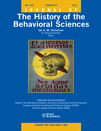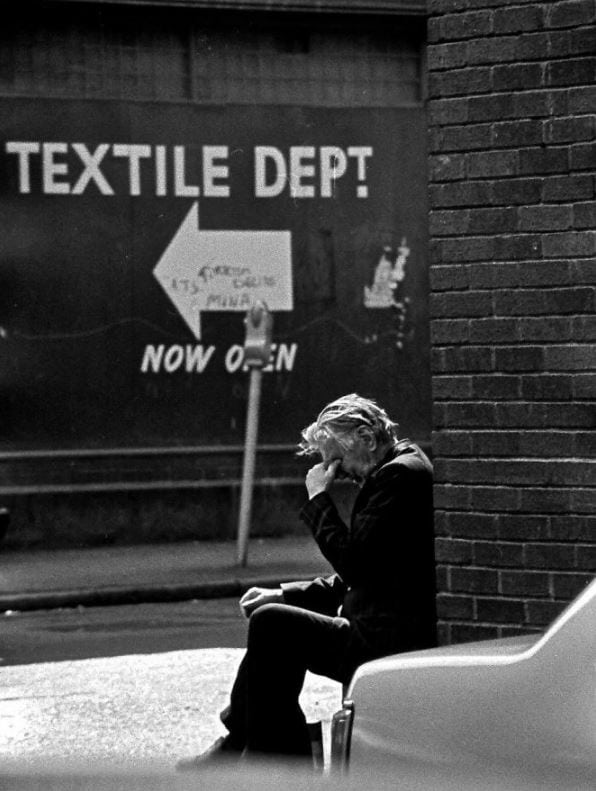
Homeless Man, Brick Lane, 1970s.
news, new scholarship & more from around the world

Homeless Man, Brick Lane, 1970s.
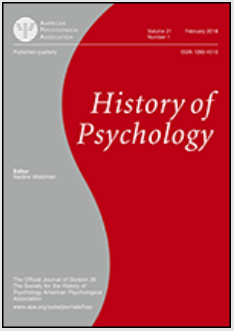
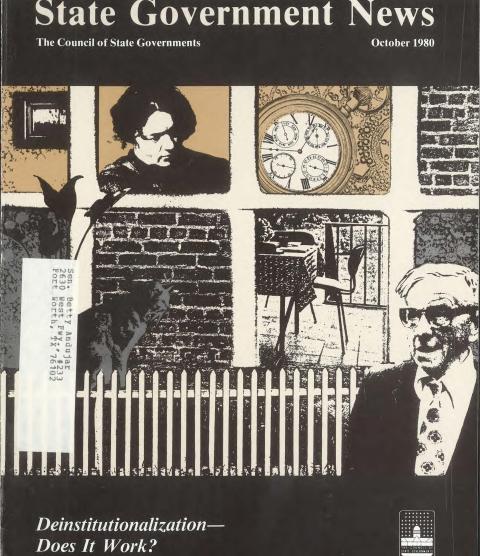
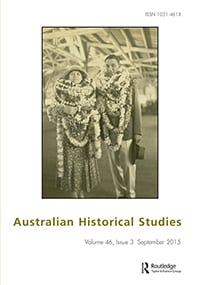
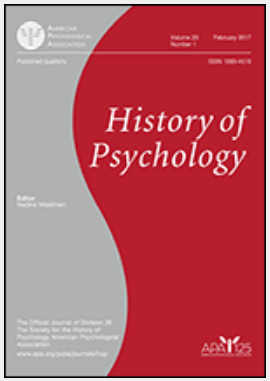

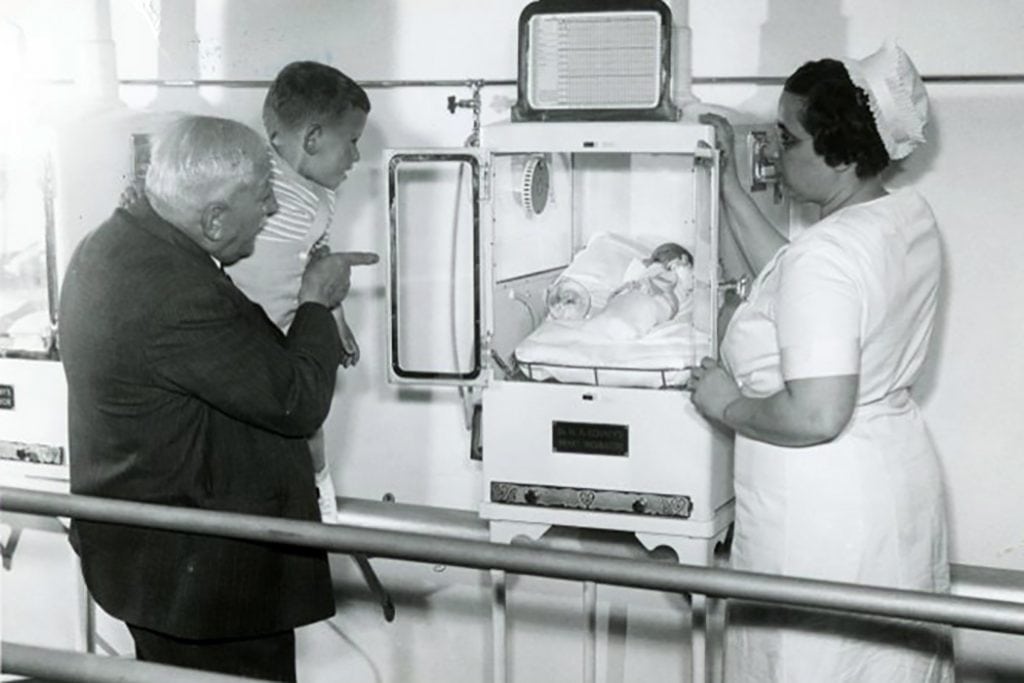
Martin and Hildegarde Couney with a young boy observe an incubator baby in the Couneys’ care.
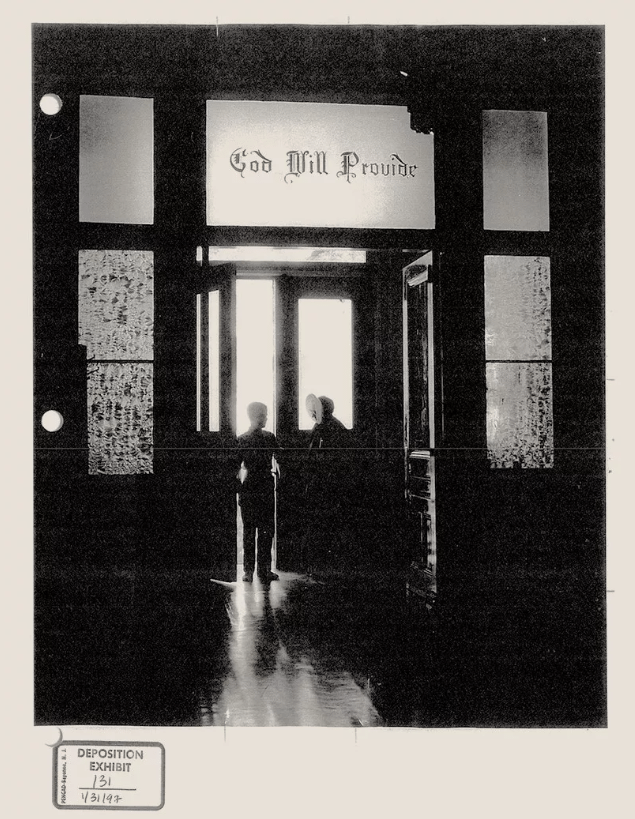

Emblem of the United States Committee for the Care of European Children, ca. 1941-1945.
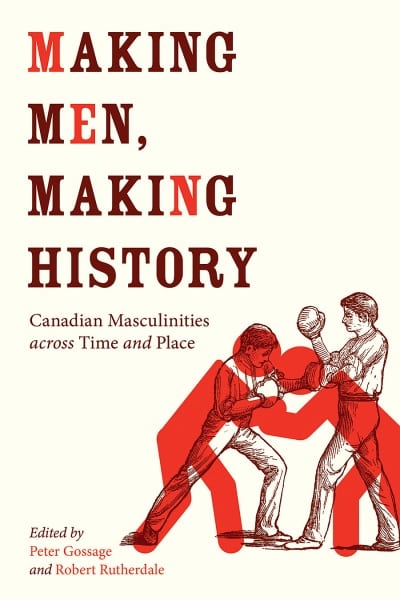

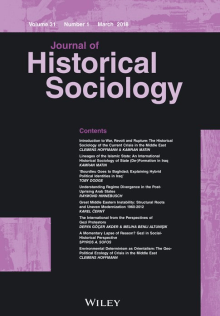
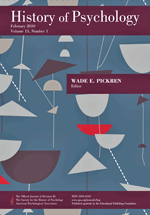


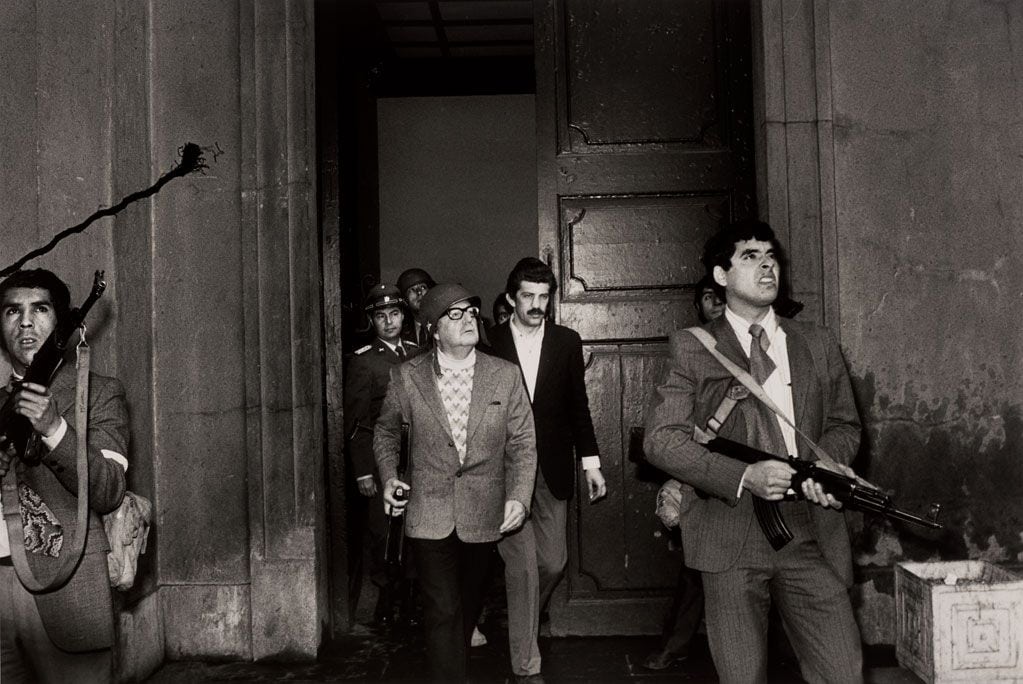
The last photograph of Salvador Allende inspecting the presidential palace shortly before his death. He was killed 45 years ago today in a US-backed coup.
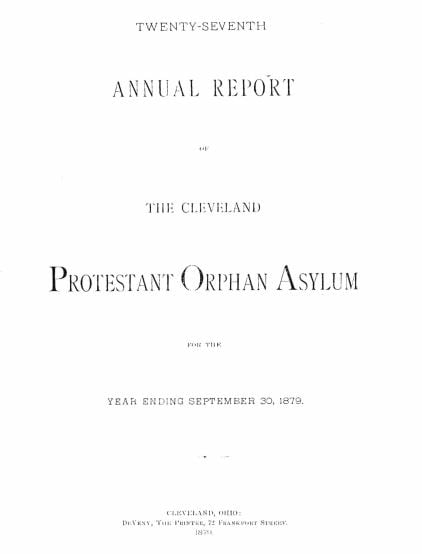
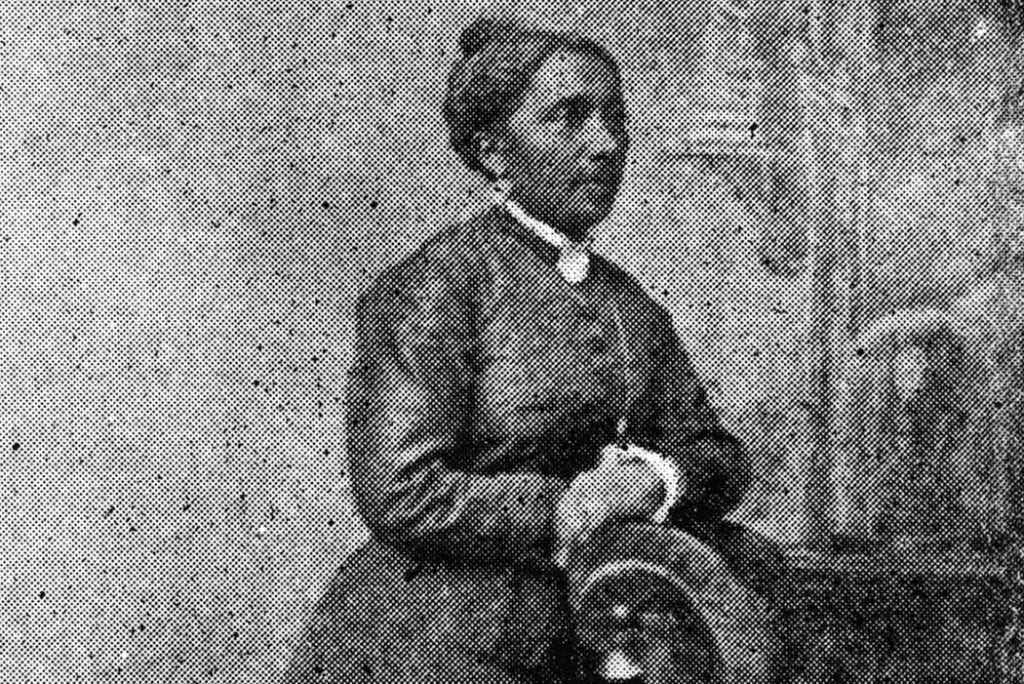
Elizabeth Jennings Graham.


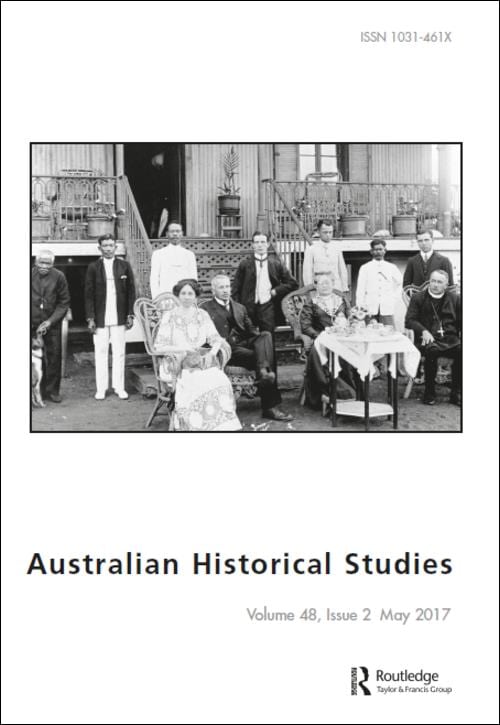
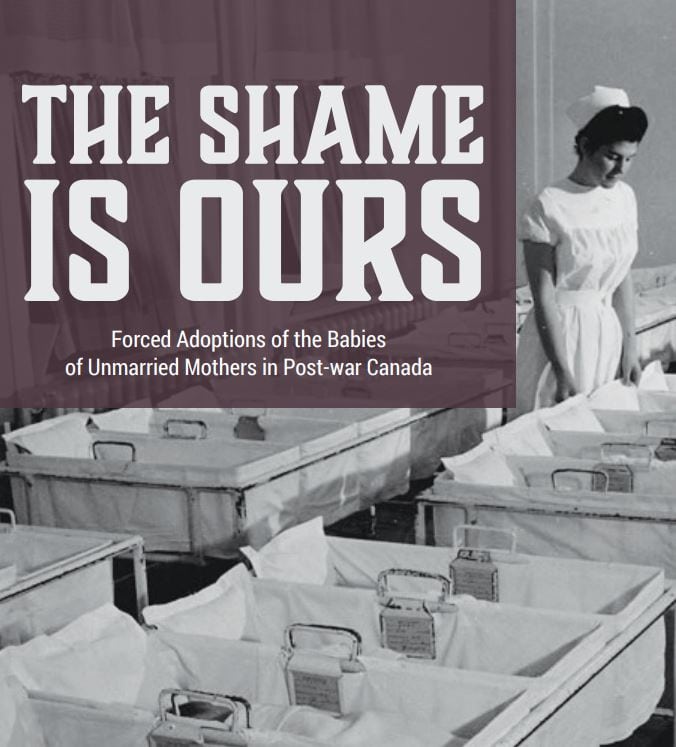
Social workers provided the young women with little or no information about their choices once their babies arrived. Despite the creation of CAP in 1966 to provide cost-sharing to provinces for social assistance programs meant to support needy mothers, social workers did not inform young women of such programs, according to mothers who testified. Instead, they described being coerced into accepting what was described as “best for the child” options, meaning relinquishing parental rights and surrendering their babies for adoption. Social workers provided legal forms to these women to sign, often with no legal representation.
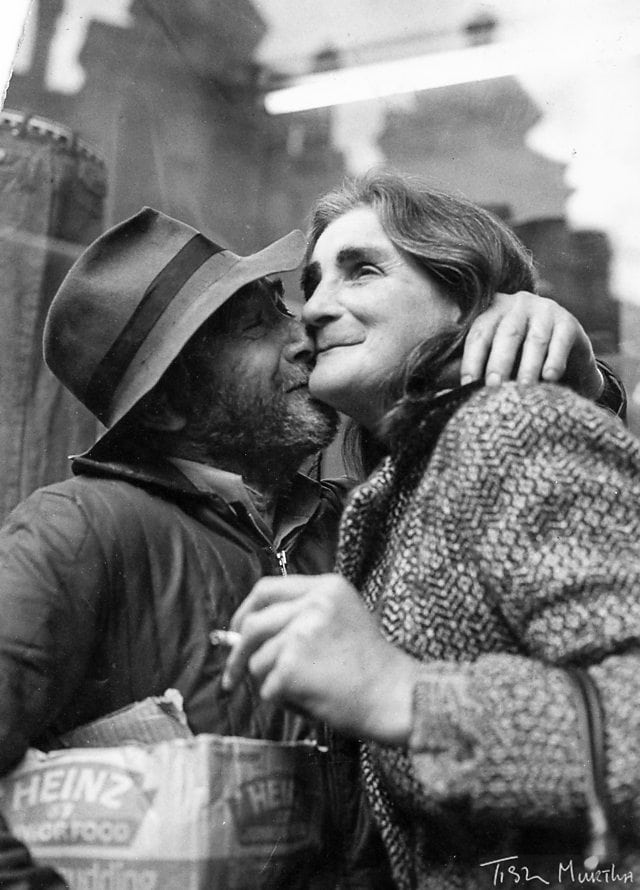
Photographer Tish Murtha created a series of projects in the 1970s and 80s offering a tender and frank perspective on social deprivation in Britain. Above: Angela and Starky, 1976
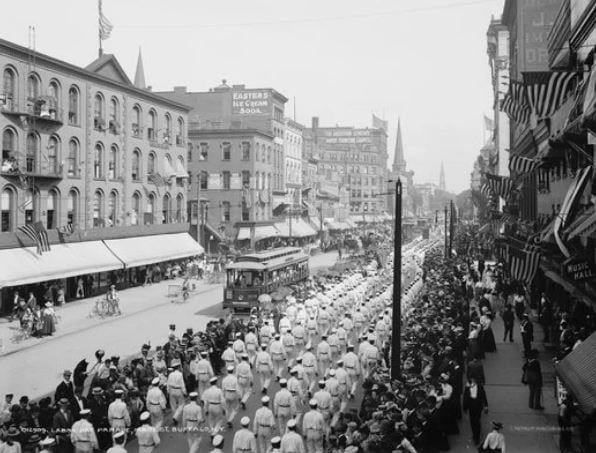
A Labor Day parade on Main Street in Buffalo in 1900. President Grover Cleveland made Labor Day a national holiday in June 1894, as he faced a crisis of railway workers striking in Chicago.
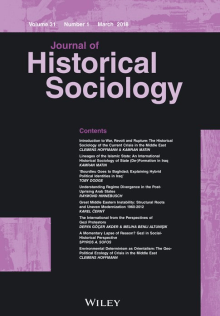
https://www.youtube.com/watch?v=-qILRRAuOzA
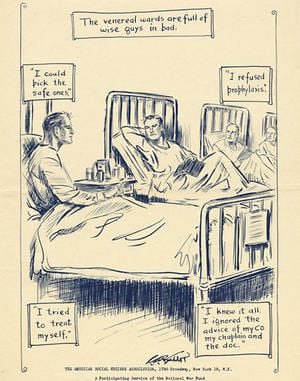
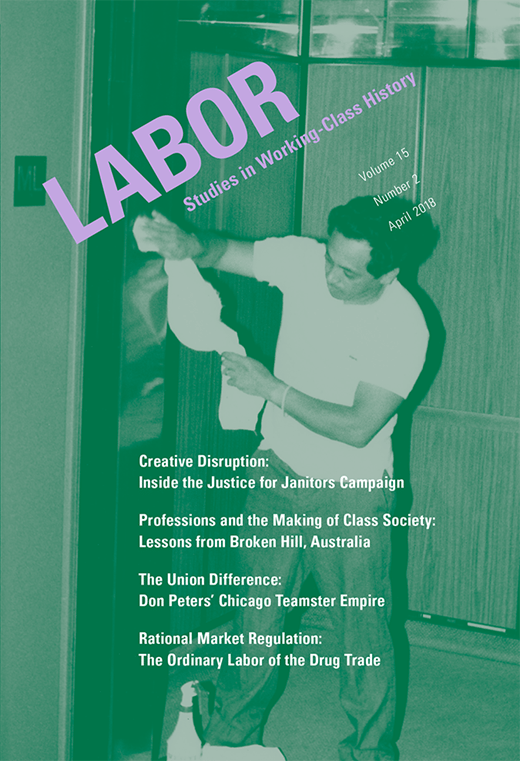


David nuzzles Kristi’s neck and wraps his arms around her.

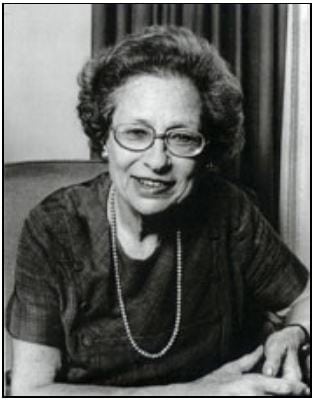
Viola Bernard was a pioneering social psychiatrist whose vision of mental health presumed fundamental links between the lives of communities and the lives of individuals. Causes such as civil rights, peace, and urban poverty, she believed, were determining factors in child and family welfare, and Bernard pursued them actively throughout her life.

The girls at play in the garden
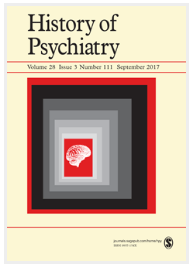
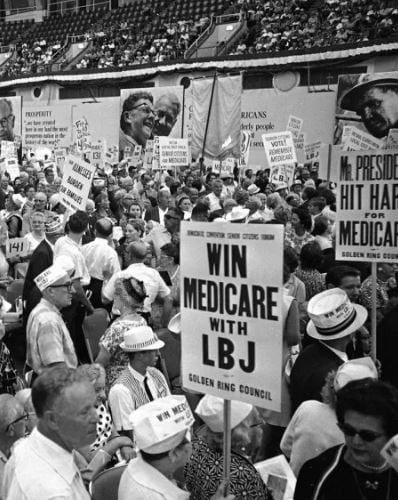
The history of the fight for single-payer healthcare for the elderly and poor should inform today’s movement to win for Medicare for All. Above: A spectators’ section is filled with senior citizens supporting Medicare at the 1964 Democratic National Convention, August 26, 1964.

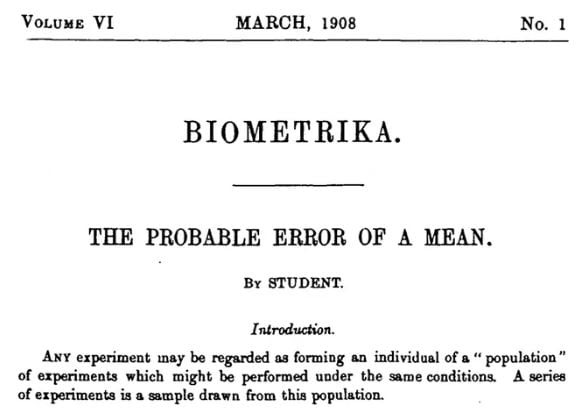
Gosset published his most important paper, The Probable Error of a Mean, under the pseudonym “Student” in the journal Biometrika in 1908.

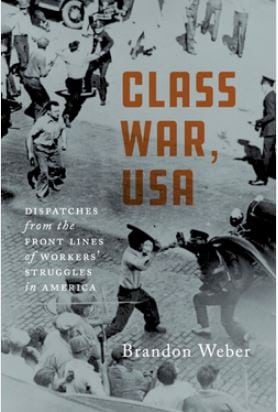
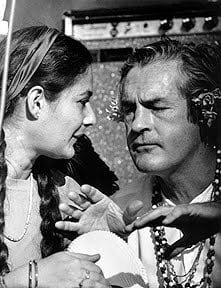
Kandel and Timothy Leary at the Human Be-In, 1967
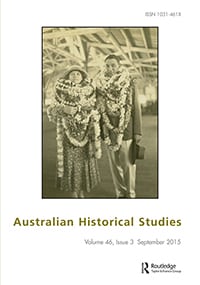
https://www.youtube.com/watch?v=l-VJIi9frRQ

